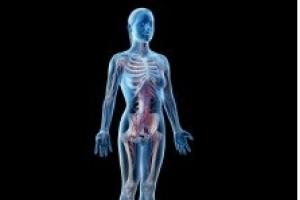Cross-Cutting Research Programs
Cross-cutting research programs are NIAAA-managed research portfolios that include topics spanning multiple research goals outlined in this strategic plan.
- FASD Research Program
- Alcohol and HIV Research Program
Research Goals
The strategic plan’s four major research goals cover the depth and breadth of research necessary to improve the understanding of and to address the effects of alcohol misuse on individuals and society.

NIAAA aims to advance research on the brain cells and circuits that underlie and are altered by alcohol misuse, and the complex relationships between alcohol misuse and physiological effects throughout the body.

NIAAA will continue to support epidemiological research to identify and track patterns of alcohol use and misuse, drinking-related outcomes and disparities, and individual and environmental variables that confer risk or resilience.

NIAAA encourages the development, evaluation, and implementation of culturally appropriate individual, family, school, community, and policy-based strategies to prevent alcohol misuse, alcohol use disorder, and related consequences.

NIAAA encourages research to refine diagnosis, enhance treatment, sustain recovery, and ultimately, to reduce the treatment gap for alcohol use disorder and other alcohol-related health conditions.
Supporting the Mission
These goals aim to maintain and build a talented and diverse scientific and administrative workforce and to uphold optimal management and accountability, strategic collaboration, and communication of research results.

Download the NIAAA Strategic Plan, Fiscal Years 2024-2028
To download and review a full copy of the current NIAAA Strategic plan, click the link below.



